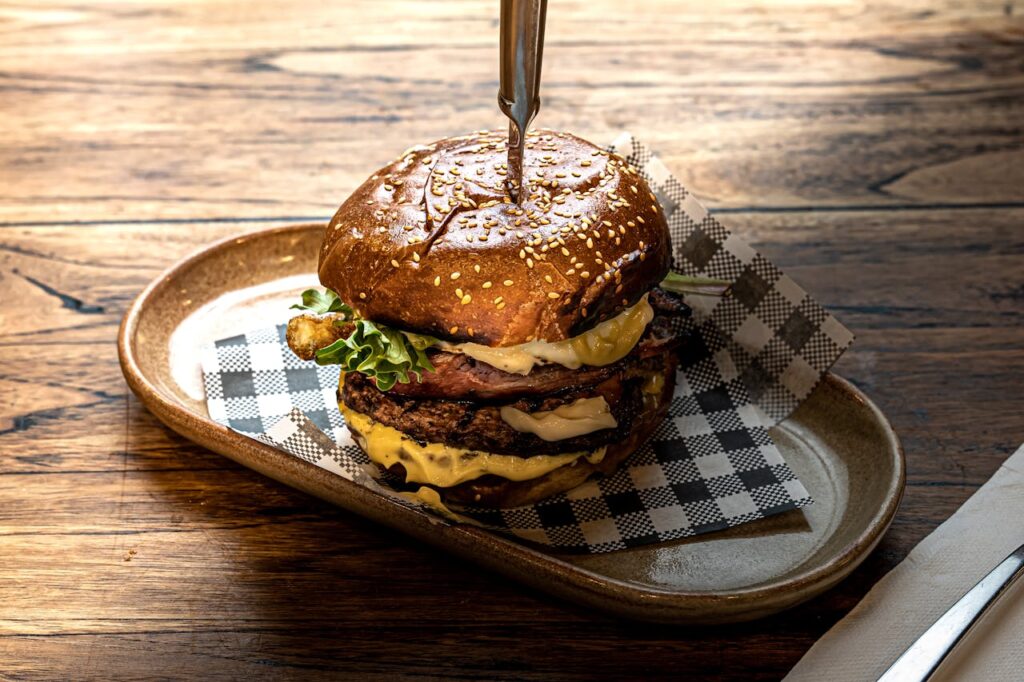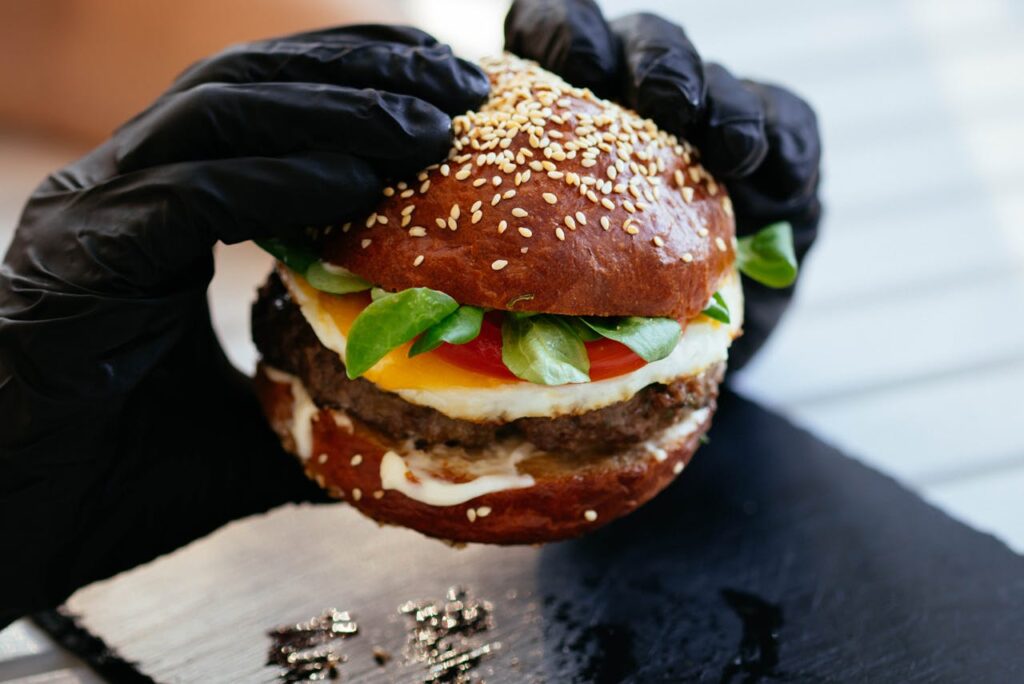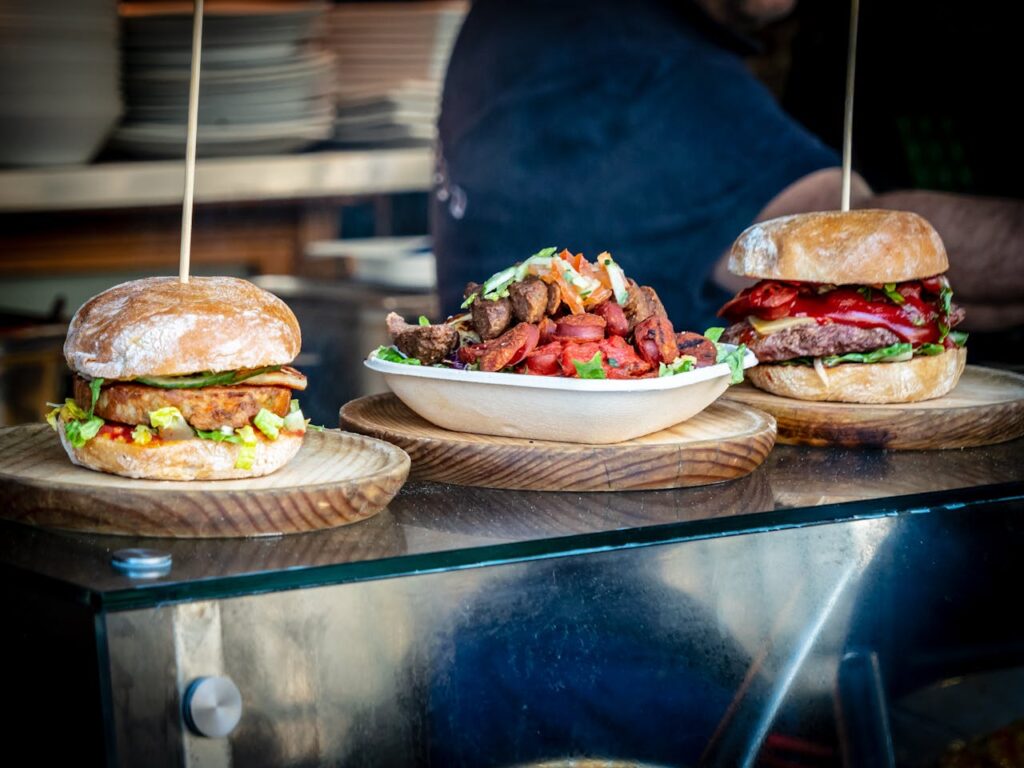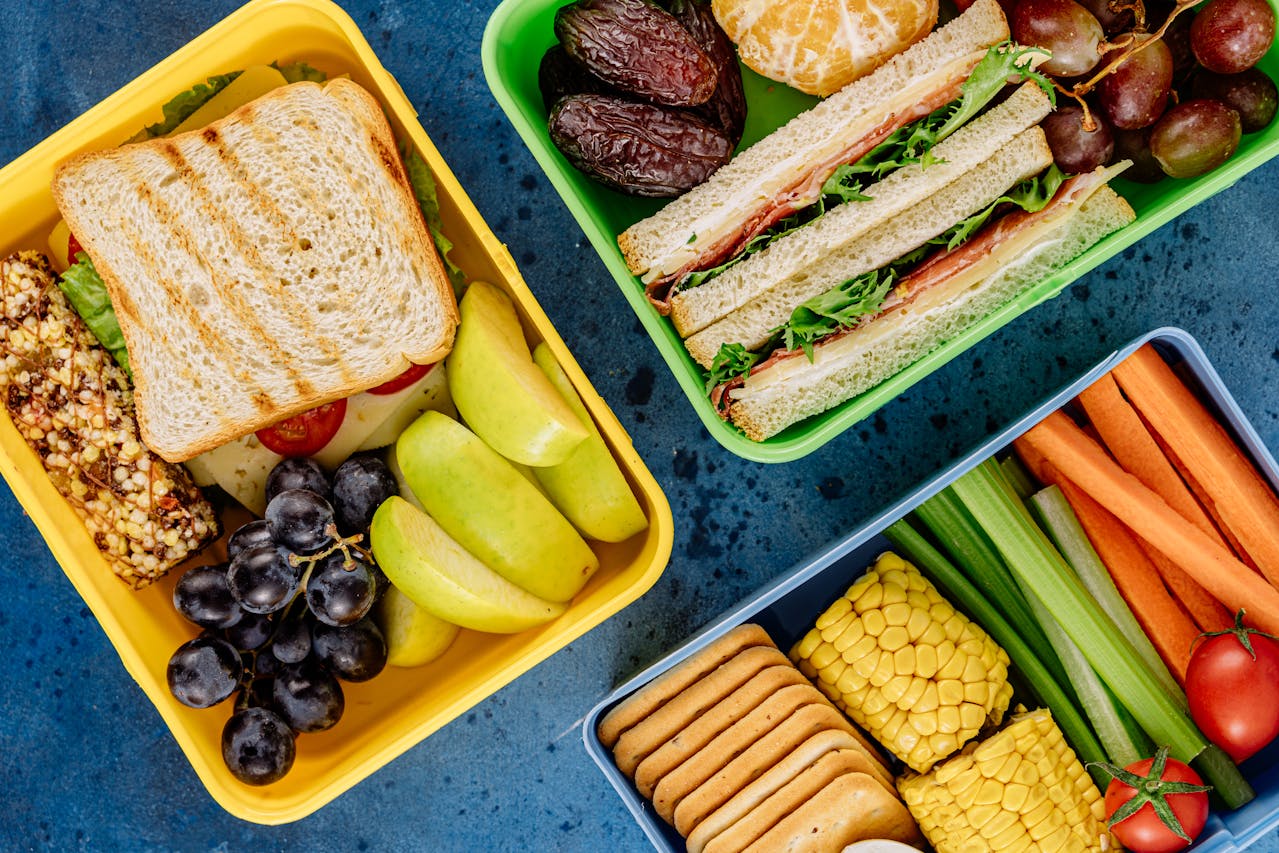Why Mixing Every Burger Together Can Ruin the Taste

When it comes to burgers, everyone has their own style; some pile on toppings, others prefer simplicity. But lately, there’s a trend of mixing every type of burger, from barbecue to spicy chicken, into one overloaded creation. It’s bold, sure, but it also misses the point of what makes a good burger work.
A great burger isn’t about chaos. It’s about balancing the way each flavor complements the other without crowding the stage. When you blend too many together, you risk losing that balance entirely.
Let’s break down why piling every burger into one Frankenstein meal might be fun once, but never twice.
Flavor Layers Need Breathing Room

A burger works like a chord in music each note matters. The beef, the cheese, the condiments, the bu; they’re meant to play off each other. When you combine too many different burgers, those harmonies clash, leaving behind a muddy aftertaste that masks the original ingredients.
The Role of Balance
A cheeseburger depends on contrast: salt from the patty, creaminess from the cheese, and sharpness from the pickle. But throw in elements from multiple burgers, say, teriyaki glaze, hot sauce, and smoky bacon, and the tongue can’t process where one flavor ends and another begins.
When Texture Gets Lost
It’s not just about taste. Burgers rely on texture as much as seasoning. A crunchy lettuce leaf, a toasted bun, a juicy patty; they create rhythm. Mix in soggy sauces and too many patties, and that rhythm disappears into mush. The result? A confused bite instead of a satisfying one.
Every Burger Has Its Own Flavor Identity

Each type of burger beef, chicken, veggie, or fish has its own core flavor. Beef carries richness. Chicken is lighter and more neutral. Veggie burgers often rely on herbs or grains for depth. Combining them erases what makes each shine individually.
Why Simplicity Wins
Some of the world’s best burgers are built on restraint. Think of a classic cheeseburger or a simple smash burger. Their strength lies in focus. When every ingredient serves a purpose, the flavor feels intentional rather than overwhelming.
The Psychology of Taste
Our brains are wired to appreciate balance. Too much sensory input, salt, spice, fat, and smoke all at once causes fatigue. That’s why food scientists stress the importance of dominant and secondary flavors. Mixing every burger creates sensory confusion rather than satisfaction.
The Art of Building the Perfect Burger

Cooking isn’t just chemistry; it’s composition. A great burger depends on proportion, timing, and layering. When you mix different burgers, those rules break down. Instead of layers building toward one cohesive taste, you get a jumble that doesn’t quite come together.
Start with the Foundation
A well-grilled patty forms the backbone. The bun holds everything in check. When you stack multiple patties with mismatched toppings, you overwhelm the structure. The burger collapses literally and flavor-wise.
How to Build Flavor Intentionally
If you crave variety, you can still experiment. Try adding one bold element, like a spicy aioli or caramelized onion, to your base burger. This adds character without chaos. The best meals don’t shout; they speak clearly.
The Takeaway: Master One Burger Before Mixing Ten
At its core, a burger is a study in restraint. It’s about how a few quality ingredients handled with care can deliver satisfaction in every bite. When you throw every flavor into the mix, you lose that craft.
Instead of chasing novelty, focus on learning how to balance flavors and textures. There’s beauty in simplicity, and that’s what turns a decent burger into a memorable one.







